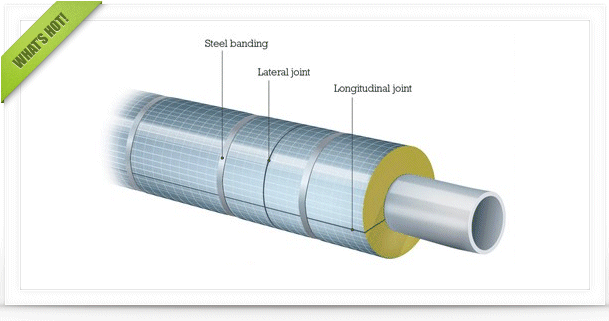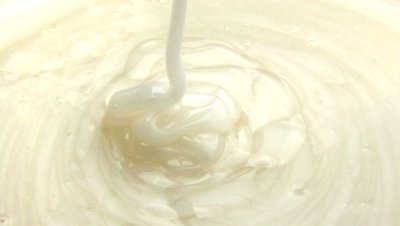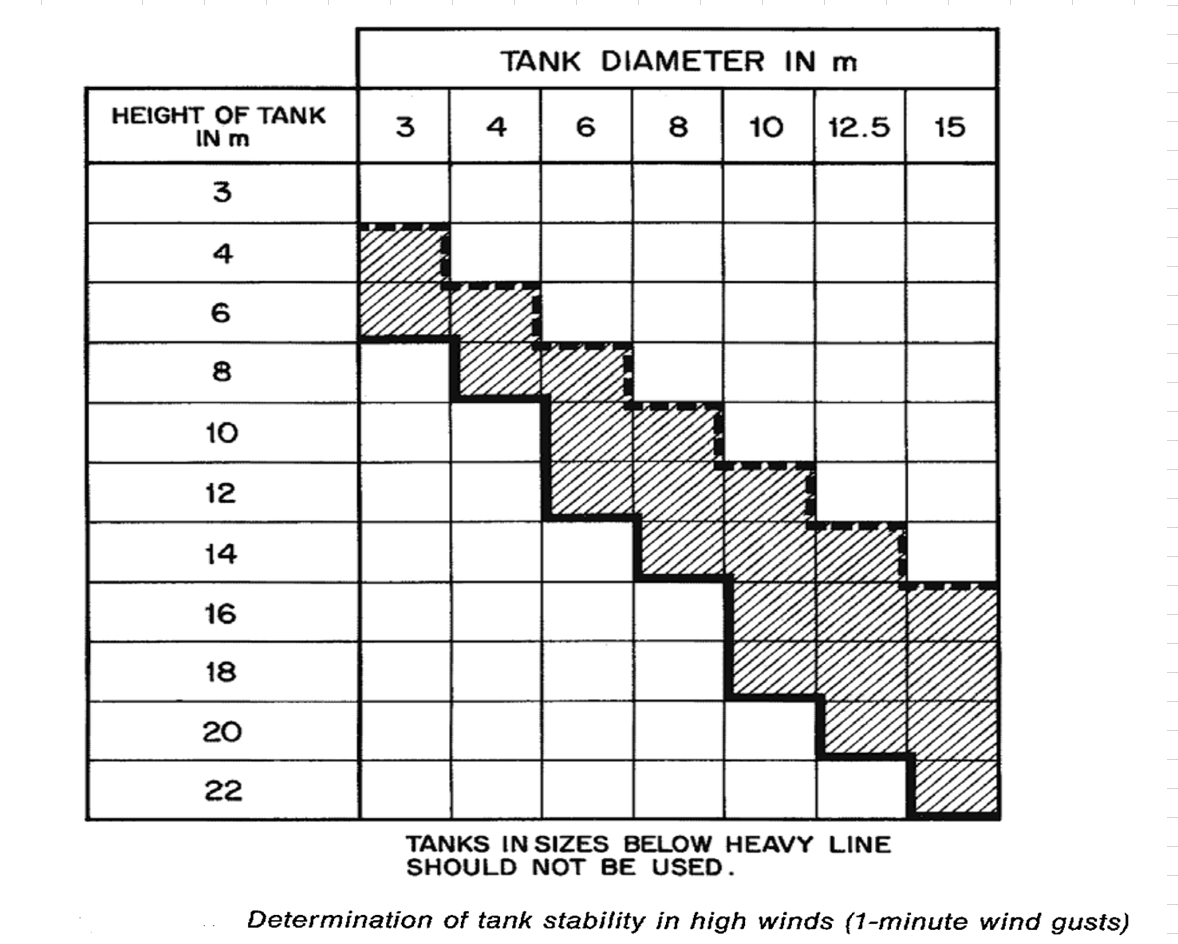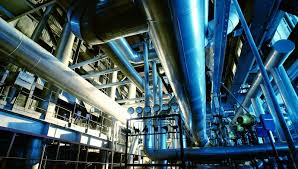I think what you describe with the drain is very tricky. You have to open the drain valve enough that the PCV goes open equal to what pump normal flow open is or greater so that PCV can stay where it is or only close further when the pump is started up, and would you do this with FCV 10% closed or FCV set to normal flow rate opening? Also you would need to close the drain just at the instant the pump is starting.
I believe a better option would to start the pump with discharge valve closed as someone suggested. Yes the PCV should go closed if you do this because without flow (with pump discharge valve closed and pump running) the PCV would need to close completely. to maintain 90 psig set pressure. Then as you gradually open the discharge valve to slowly increase the flow the PCV opening should be able to keep up with the flow increase. You could monitor the suction pressure to make sure you do not open the block valve too fast.
The question is do you start up with FCV 10% open then increase opening in steps while increasing opening of the block valve in steps too or do you set the FCV for design opening at normal flow shown on the data sheet of 50% to 64% open with block valve closed and then just keep opening the block valve slowly until the design set point flow is reached which should be at 50% to 64% open as shown on the data sheet. I would try the latter first and see if you can keep the pump from tripping. Start pump with FCV 50 to 64% open then very slowly open the block valve to increase the flow until the flow equals the theoretical flow corresponding to the set point then go into automatic mode and then your FCV should be right where it should be for the flow you have reached.
Of course the pump would need to be operated in the dead head condition initially while gradually increasing flow, where the flow then will be below pump minimum flow for the time required to stabilize the system. I would discuss this with the pump vendor. This is a very high HP, flow and pressure pump so it may be very sensitive to operating for any time below minimum flow.
Otherwise if there is a way to recycle the flow during pump start up then gradually closing the recycle line block valve this may work too. Is there a pump recycle line? When you flush the system before starting the pump do you flush through the pump or do you have a pump bypass line that you flush with bypassing the pump. If you have a bypass line then you could use this bypass line as a recycle line while starting up. Then you could try setting the FCV at 50% to 64% open while slowly closing the recycle valve. However starting the pump in the recycle mode with FCV 50% open may still cause a spike in flow that the PCV cannot keep up with. If there is still a spike in low suction pressure then you may also a need to close the pump discharge block valve and slowly open in combination with slowly opening the recycle valve.
Another thing is I notice that your NPSH required from your pump curve is 39 ft @ 120% QR. I belive your 22 psig set point for your pressure switch gives you about 83 ft of NPSH so I think you can actually go down to 5 psig set point for water at 80F and still have about 44 ft. NPSHR with vapor pressure of about 0.5 psia. This may help a little with lower set pressure of pressure switch.
Edited by snickster, 14 July 2024 - 10:54 PM.

 FB
FB














